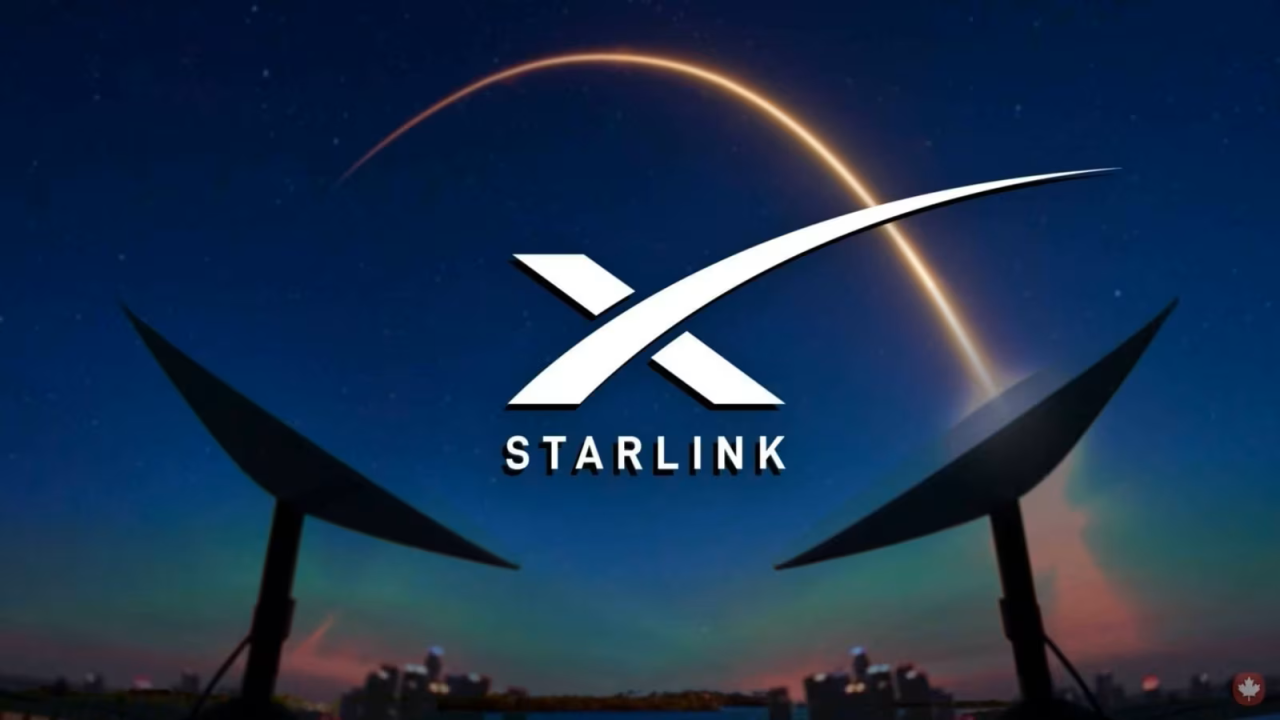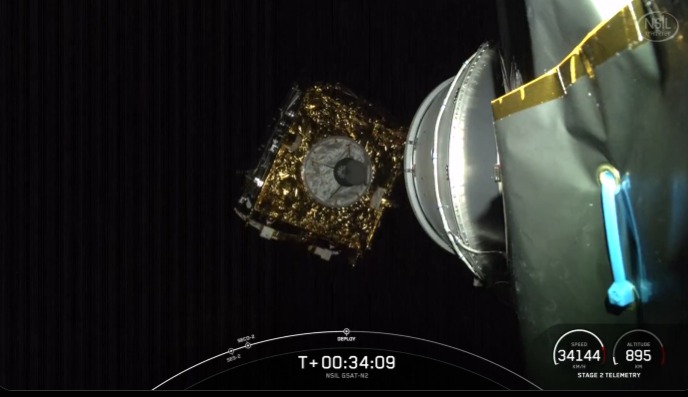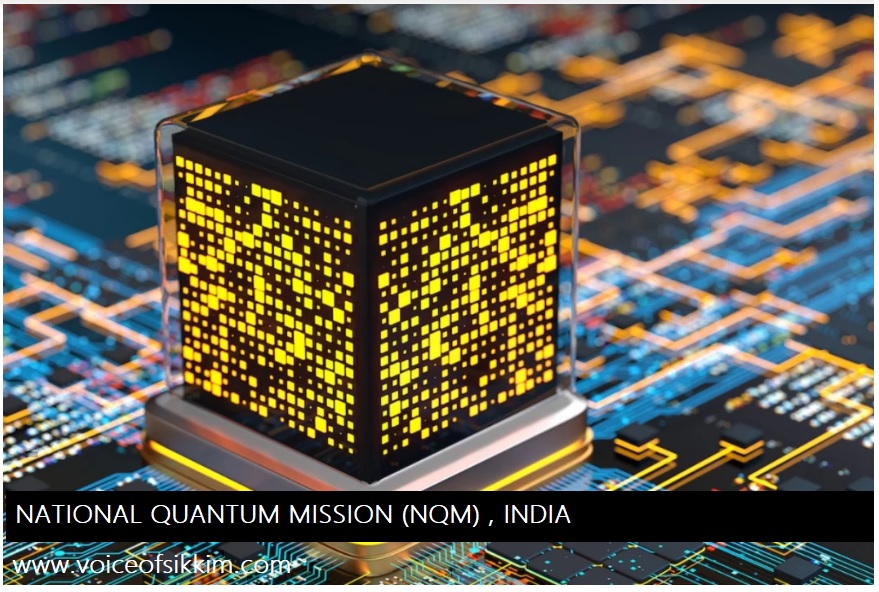
Starlink, the satellite communications (satcom) giant owned by Elon Musk, is yet to launch its services in India. The delay stems from regulatory and compliance hurdles, most notably the absence of a GMPCS (Global Mobile Personal Communication by Satellite) license and unresolved security concerns raised by the Indian government.
Compliance Issues: Why Starlink Is Stalled
The Indian government has asked Starlink to disclose the names of its stakeholders to ensure no party from a neighboring country poses potential security risks. Despite repeated requests, Starlink has not provided this information, leaving the government wary. Additionally, questions around data localization, user privacy, and how data would be made available to authorities during emergencies remain unanswered.
This lack of compliance has not only delayed Starlink’s entry but also forced the company to refund pre-booking amounts to Indian customers in 2022. At the time, Starlink had begun accepting pre-orders without the requisite license, leading to government intervention.
The Potential of Starlink in India: A Transformative Opportunity
Despite these setbacks, Starlink’s entry into India could bring transformative benefits, particularly in bridging the digital divide. With a population exceeding 1.4 billion and vast rural areas lacking reliable internet connectivity, India presents a massive untapped market for satellite internet.
Here’s how Starlink could benefit India:
1. Expanding Rural Connectivity:
India’s rural regions suffer from limited internet access due to poor terrestrial infrastructure. Starlink’s satellite-based network could provide high-speed internet to even the remotest corners, empowering rural communities with access to education, healthcare, and digital financial services.
2. Boosting Digital India Initiatives:
The government’s Digital India program aims to enhance internet penetration and digital literacy across the country. Starlink could accelerate this vision, enabling seamless access to e-governance platforms, online learning, and telemedicine.
3. Supporting Disaster Management:
In disaster-prone regions, traditional communication infrastructure often fails during emergencies. Starlink’s satellite network can offer reliable, real-time communication, aiding rescue and relief operations.
4. Enabling Technological Advancements:
Starlink’s low-latency, high-speed internet could facilitate the adoption of emerging technologies such as IoT (Internet of Things), smart farming, and telehealth services, enhancing productivity and quality of life.
5. Competitive Pricing and Innovation:
As more players enter the satcom space, competition could drive down prices, making satellite internet affordable for millions. Starlink’s presence might also push local providers to innovate and improve their offerings.
Regulatory Challenges: The Road Ahead
While India represents a lucrative market, regulatory clarity remains a critical issue. The debate over spectrum allocation for satcom services continues, with industry players seeking favorable policies. Starlink must align with these regulations and address the government’s security concerns to unlock this immense opportunity.
Conclusion
India’s sheer market size and demand for reliable internet make it an irresistible destination for Starlink. Once regulatory hurdles are cleared, the company could play a pivotal role in transforming the country’s digital landscape, driving inclusive growth, and empowering millions. For now, the ball is in Starlink’s court to meet compliance requirements and start a new chapter in India’s connectivity journey.





